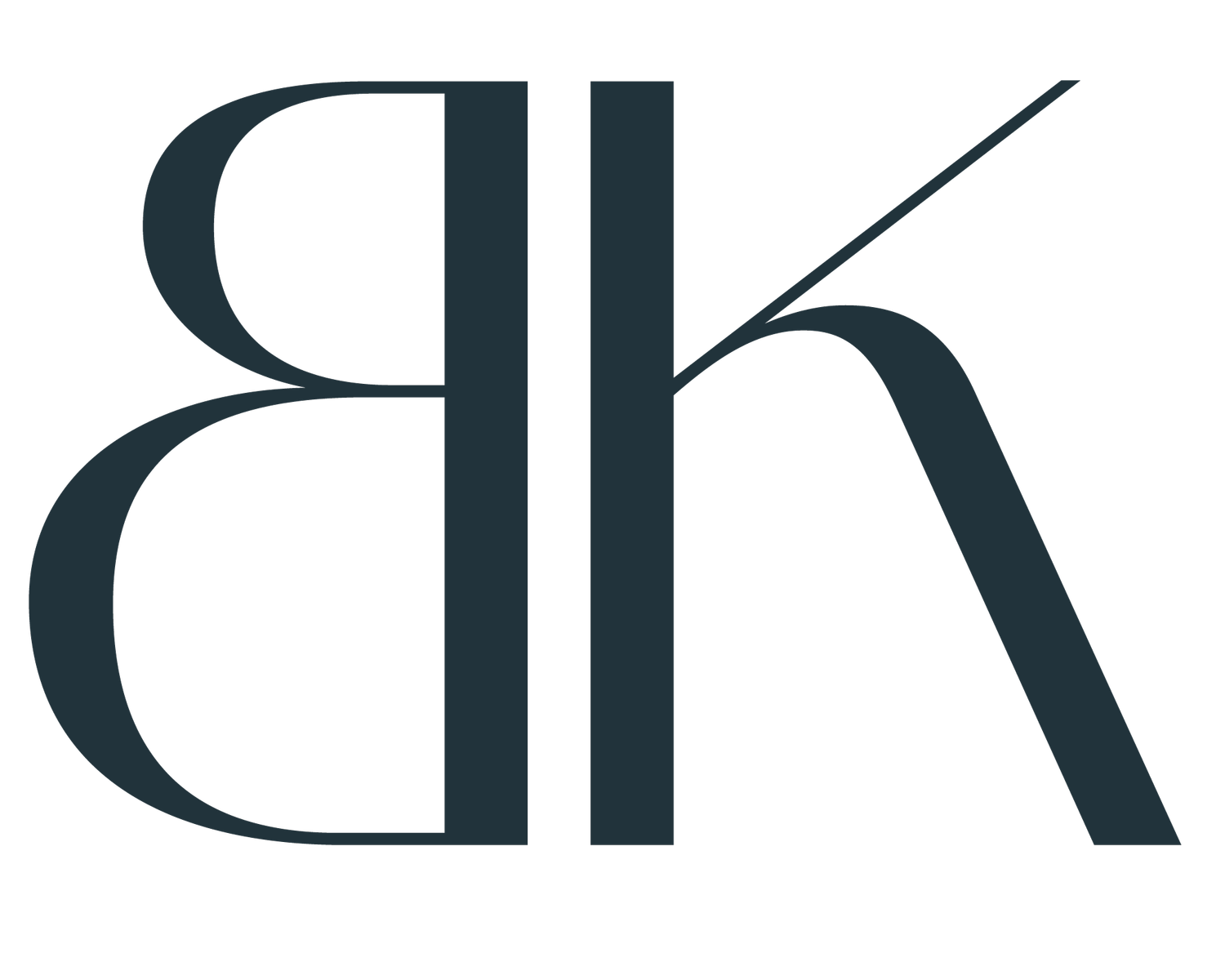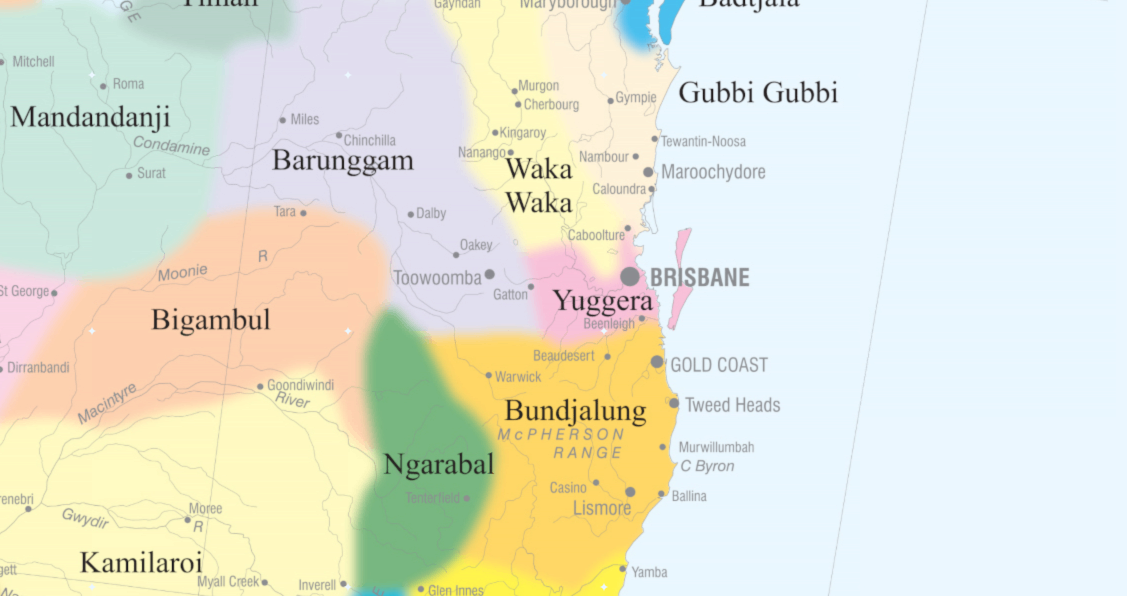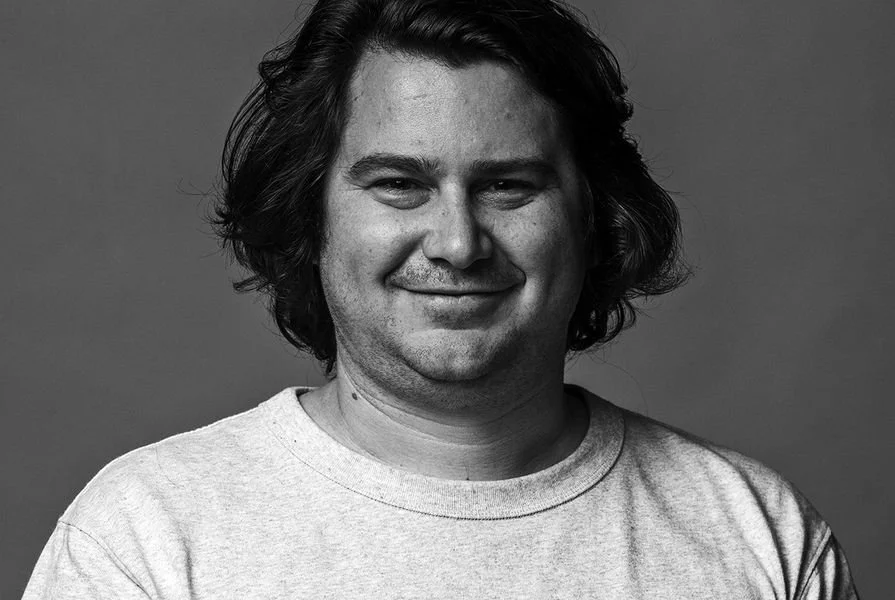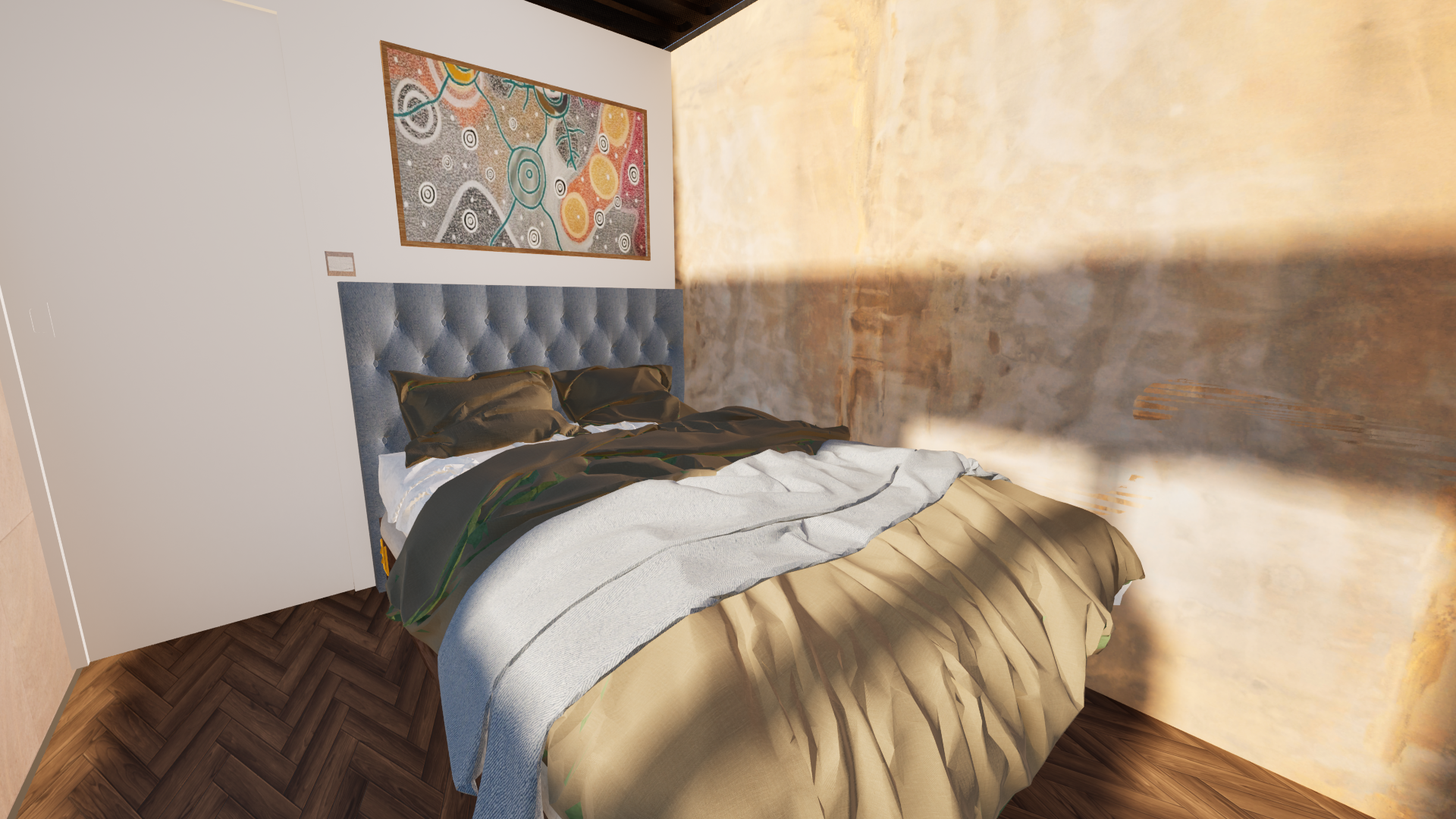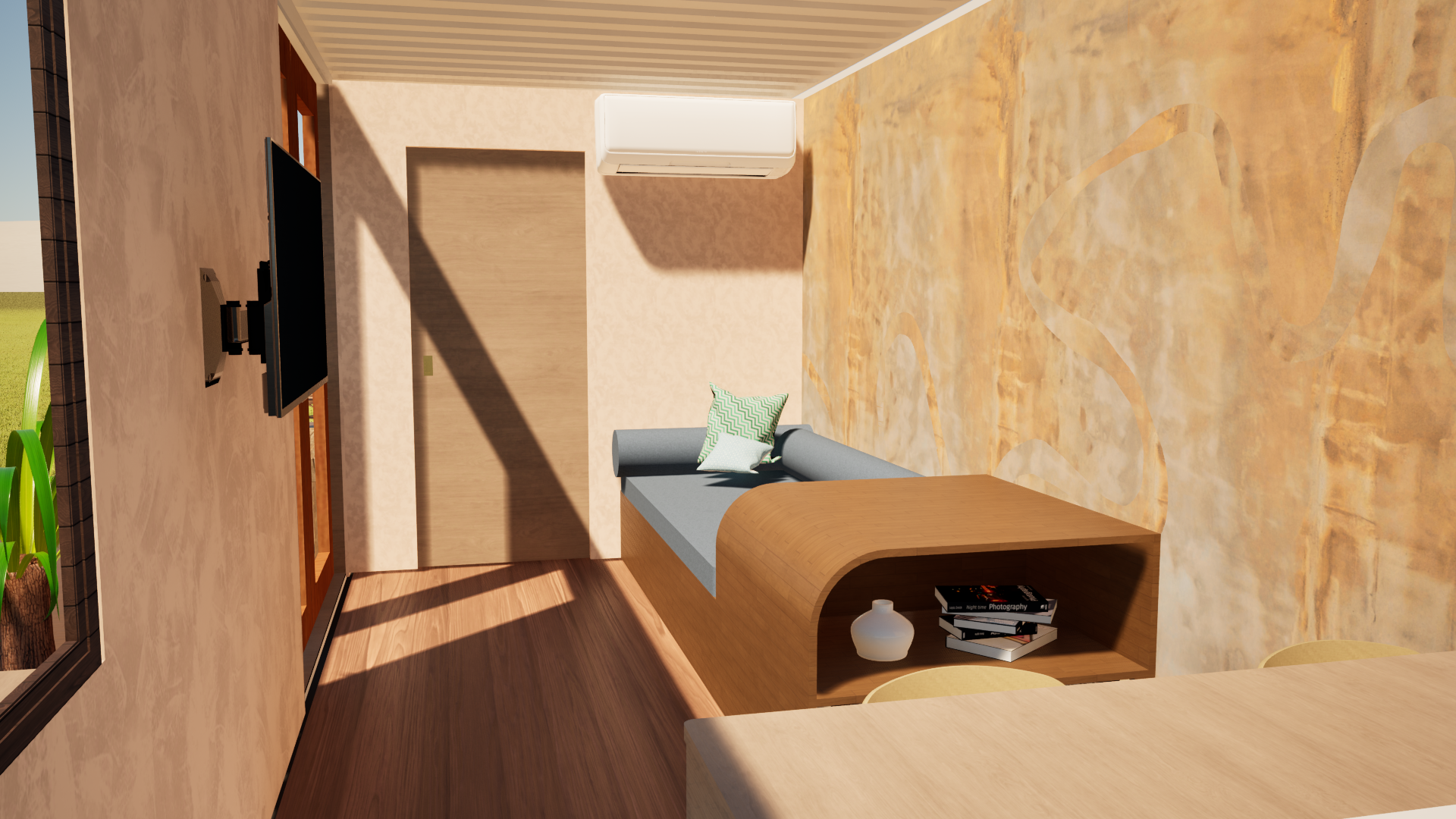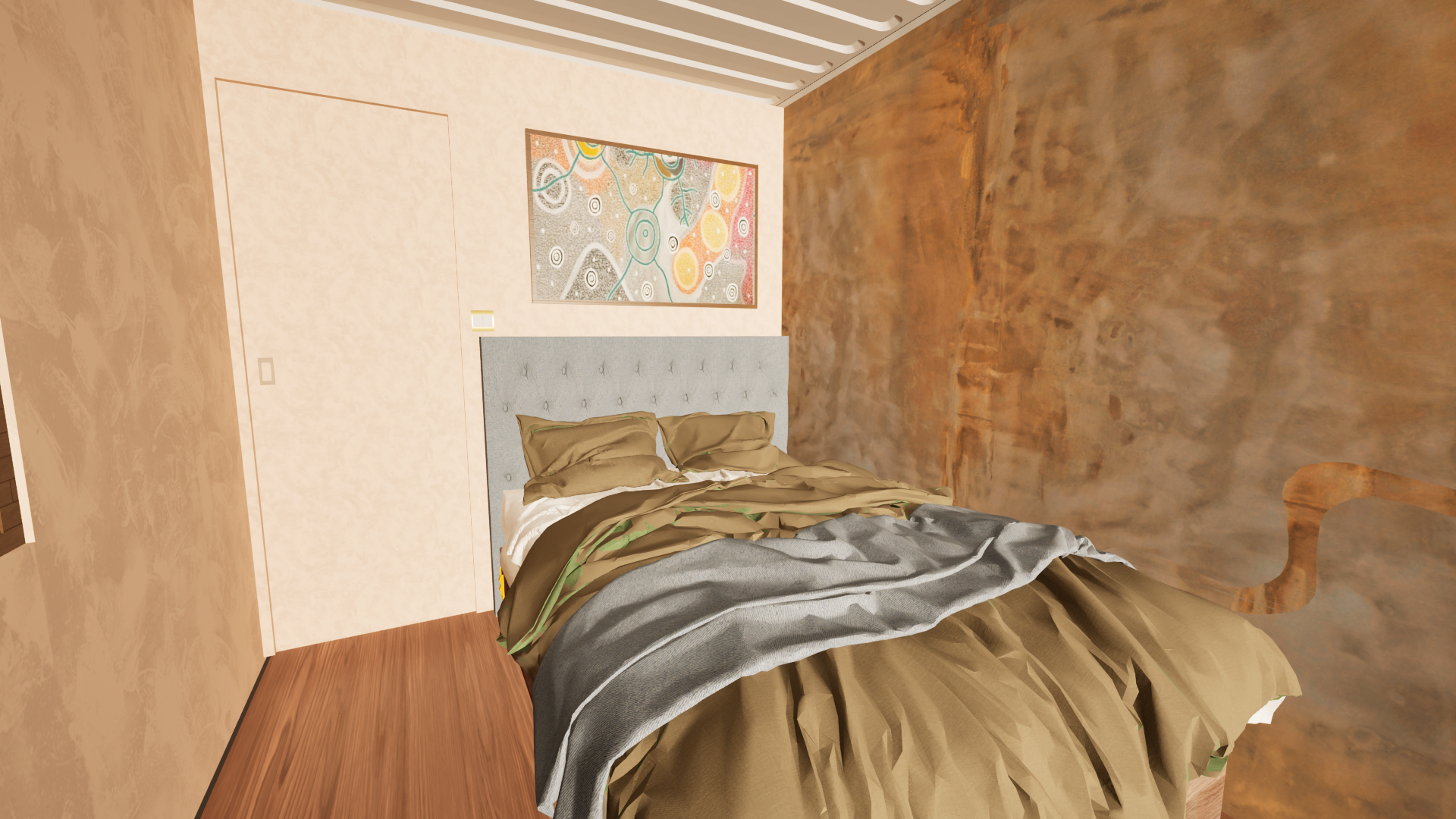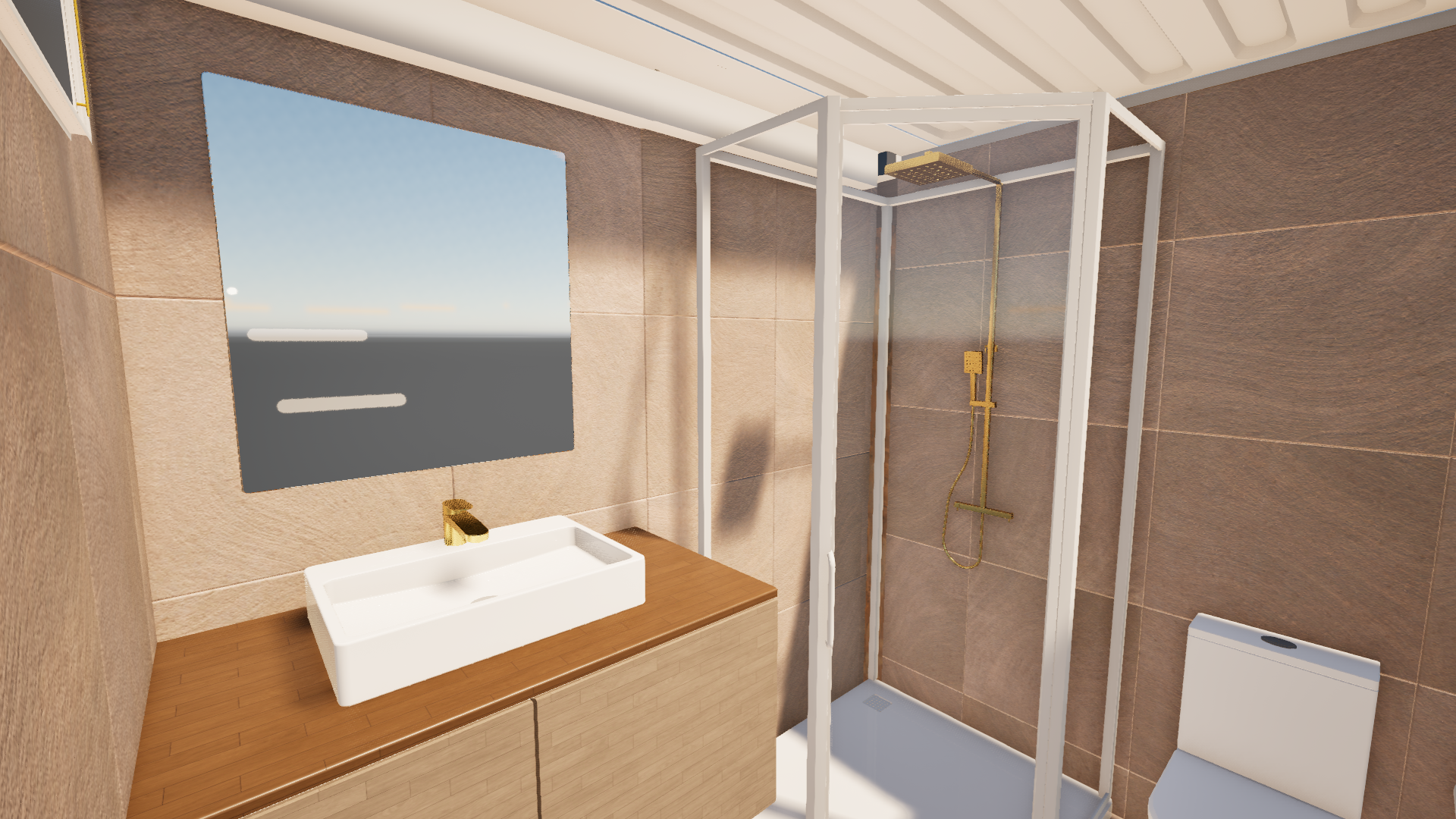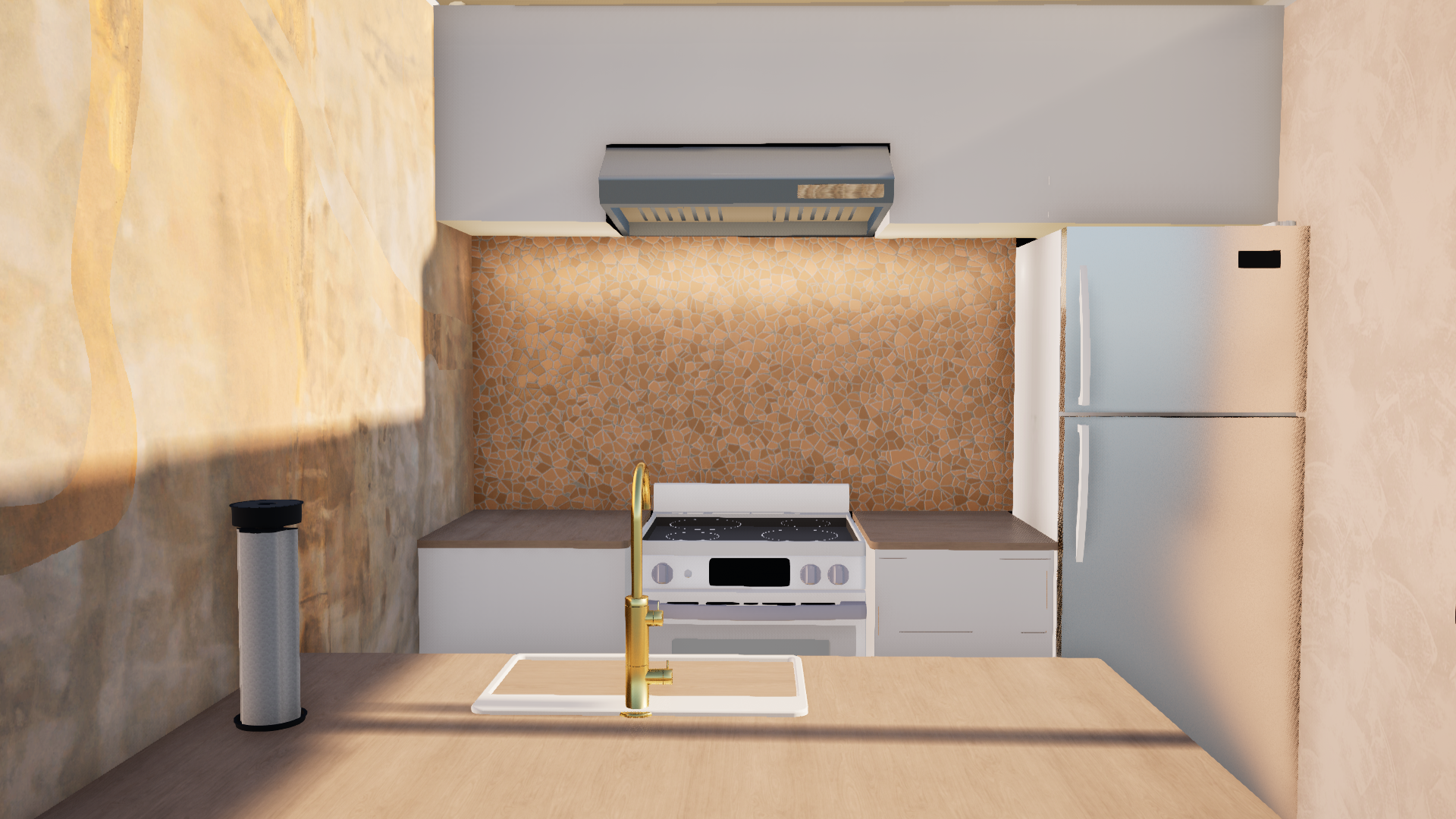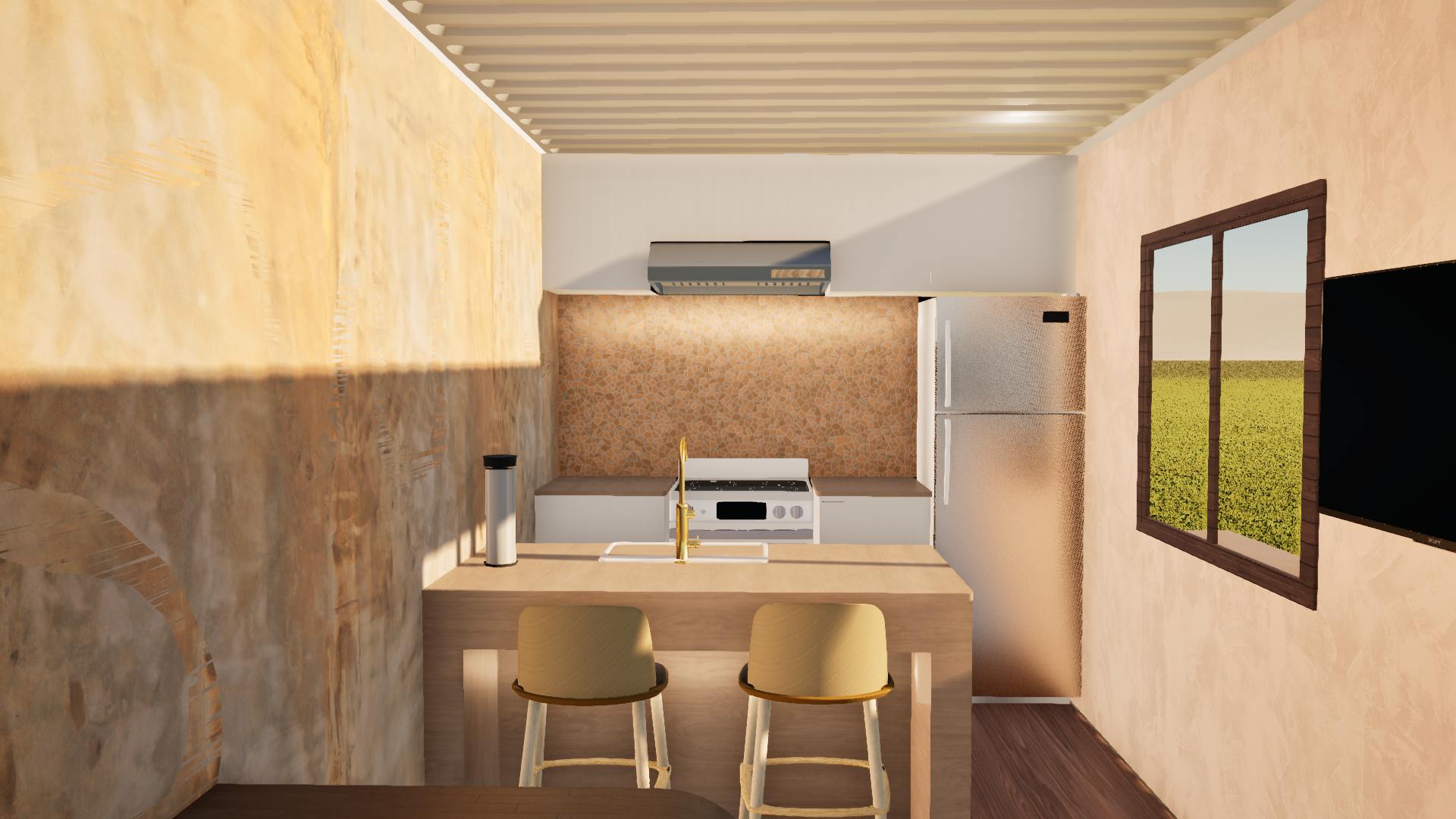What:
Wuwawul
Meaning Bed in Yuggera
In the 2021 census, Aboriginal and Torres Strait Islander people made up 3.8% of Australia’s total population, yet they accounted for 20% of the national homeless population.
That’s 1 in 5 of our homeless population that were native Australians. These Australians do not have a safe place to live and be protected on their country. Wuwawul and the future mob specific concepts are designed to protect these Australians by surrounding them in country inspired design.
Wuwawul is a 40-foot shipping container home that provides safety and security to Indigenous Australians who are struggling with their living conditions. This home focuses on functionality as well as connection to country. This design was guided by Indigenous Interior Designer Leah Paige, Designers from Blaklash and Yuggera traditional owner Lakota Moon Thompson. This concept would adapt for a specific mob or community and then placed where the customer needs it, which may not be where their mob is from. Providing safety and personalised comfort is what this concept is focused on. Wuwawul is a Yuggera word, so if the concept was redesigned for another mob, the name would reflect its chosen language. Ideally if the design was further developed as a guideline for other mobs, the materials and mural would change depending on the mob’s storytelling and beliefs.
Why:
As stated above, 1 in 5 of our homeless population are Indigenous Australians. These Australians do not feel safe or protected on country.
Novels ‘Dark Emu’ by Bruce Pascoe and ‘Designing for Community’ by Alison Page both agree that our housing in Australia is very western and white dominant, due to colonization. The need for more community and culturally grounded designs and safe housing for Indigenous peoples has driven the design and its potential.
Who:
This design called Wuwawul was designed for Yuggera People. Yuggera country’s borders are north to the Pine River, south to the Logan River, the base of Toowoomba including Gatton and Esk area and Boonah/Beaudesert
How:
These homes would be modified depending on the client’s mob and community. These would be fully developed and guided through traditional owners and elders of the chosen community, to ensure cultural competency. This will encourage Indigenous Australians to feel more comfortable on country and for their culture to be recognised. The entire concept would be fully redeveloped from the materials, textures and choice of Indigenous companies to ensure we are utilising as much local Australian businesses and suppliers as possible. Protecting the future of Indigenous culture through mob and community!
For Yuggera People, the design has been inspired by their totems the sand goanna, water hen and their deep connection to the Maiwar (the Brisbane River). This has guided the furniture design, material and artistic selection and the layout of the home
Guidance from mentors
The first version of Wuwawul
Original
The original design was not portraying the feeling of ‘connection to country’ enough. Some of the materials and textures I chose such as American oak were not relating to Australian local sourcing and materials. On top of this, the bathroom especially was very clinical. Leah suggested to colour drench the bathroom in sandstone, just like I have in the other rooms. She also suggested to get rid of the white MDF material in the kitchen to make it look less like a flat pack.
Overall, the design has to include more colours and textures or our Country and continue to stay in the mid budget zone. I also need to add more cohesion between the spaces to create a better flow in transition.
This initial design was called ‘Yinala’ which means resting place in Yuggera. After discussing with traditional owner Lakota Moon Thompson, we decided to change the name to Wuwawul which is a broad Yuggera word that is used in the entire Yuggera region. Whereas Yinala is only used in the Inala area. This was extremely important to fix to ensure the design was staying culturally respectful.
Click here to see the initial mentor briefing presentation
New:
The new design relates the Yuggera mob and their ‘Connection to Country’ but more then the first ideation.
This new design focuses on using earthy tones and fixtures throughout the home to create cohesion throughout.
In this version, I was not afraid of using too many tones as long as they all came together to create a cohesive whole.
This design focuses on locally sourced materials to support community and mob! It showcases a lot of Indigenous furniture design and artwork to relate back to mob.
It is a functional design that welcoming the mob into a safe and secure space that can be moved to any community.
Please scroll to see the new and improved design!
Celebrating the oldest culture in the world through residential designs
Supporting Mob through designing for community. Showcasing local Indigenous furniture and textile companies, as well as local artist, Jacob Sarra (Goreng Goreng Man). This home is a way to not only provide protection to homeless Indigenous Australians but showcase and share the beauty of their culture.
Floorplan
Bathroom
Bedroom
Loungeroom
Kitchen
Entry/Exist
Material Selection
Community on Country
This video describes the design choices and story behind Wuwawul. I explain the initial research and ways I hope to expand it next year in my Honours Program.
https://youtu.be/qVllw_iaXNA
User Testing
Cody James- Yamaji Man (Midwestern People)
“Having a stable and comfortable place to live improves everything from studies to mental wellbeing. This being a semi permanent structure would provide security and reassurance during this housing crisis. I love that it reflects my culture and is not a very British style of housing like every other rental and unit.”
Anonymous - Darumbal Woman (Rockhampton and Yeppoon Area People)
“Not having my own or set place to live in is scary and this would be amazing to help me get on my feet. It would also make me feel more connected to my Birth Mob as I live away from home for work. It’s a shame it’s not already a thing.”
Next Steps
-
I will continue my research in my Honours Program in 2026.
I will do literature reviews on Novels ‘Dark Emu’ by Bruce Pascoe and ‘Designing for Community’ by Alison Page and how they have started to introduce designing for mob in industry.
I will also do case study research on ways connecting to country and sustainability have been used in housing and interior design today.
-
In March 2026- June 2026, I will be conducting a work integrated learning placement with Indigenous run and led design agency, Blaklash. A few designers have already aided me with my research and I hope to develop this much further through their guidance.
-
Starting with one mob (Yuggara people) has been a great starting base however, I would like to design a series of homes for all different mobs from completely different areas of Australia. This would allow me to test my proposed guideline and prove my research can be modified for any community.
-
Create projects to showcase my knowledge and ability to demonstrate that the guideline can work. This would be backed up by testimonials and user testing. I hope to get mob feedback on the designs and how successfully they could be with the cost-of-living crisis.
-
I have a love for commercial projects and particularly hotel designs. I aim to utilise my findings and concept development to create a hotel design that could be showcased in the Brisbane 2032 Olympics. With this I hope to demonstrate and educate tourists on Indigenous culture and eliminate the assumption the using Australiana decor is ‘Australian’.
Cultural Acknowledgement:
I want to acknowledge the Traditional Custodians of the lands this work was created on, the Yuggera and Turrbal peoples. I pay my respects to Elders past and present, and recognise their enduring connection to Country, culture, and storytelling.
I’m especially grateful to the Yuggera community for generously sharing their knowledge with me. Your insights have deepened my understanding and guided this project in ways I’ll carry forward into my Honours program. I am also thankful for your curiosity in the project and thank you for assisting me in reconnecting with my culture.
Although this work wasn’t based on Yamaji Country, I also want to honour my own mob, the Yamaji people of the Mid West Region of Western Australia. Their strength, spirit, and stories continue to guide me through every design decision.
